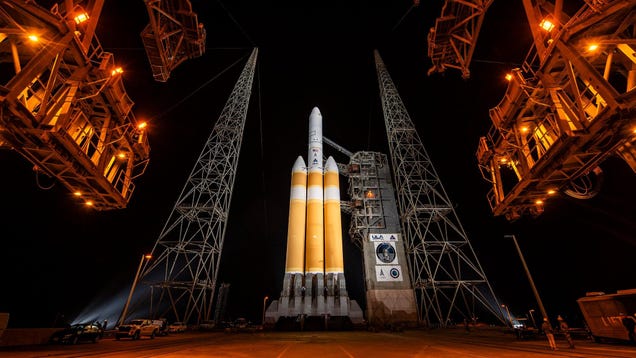
Update: April 9, 1:20 p.m. ET: The triple-core rocket blasted off today on time, in what appears to be a successful launch and deployment.

Update: April 9, 1:20 p.m. ET: The triple-core rocket blasted off today on time, in what appears to be a successful launch and deployment.
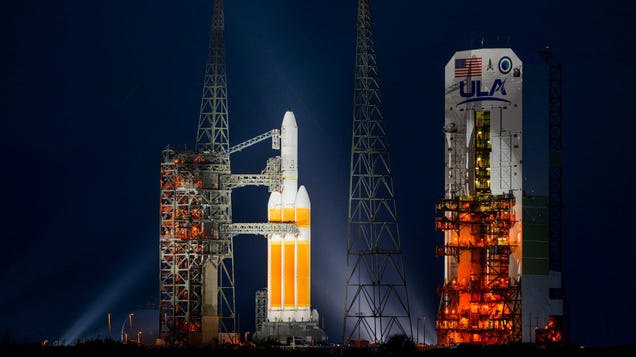
The grand Delta finale is upon us, as United Launch Alliance (ULA) prepares to launch its last Delta IV rocket and bid farewell to an iconic rocket family that dates back to the Cold War.
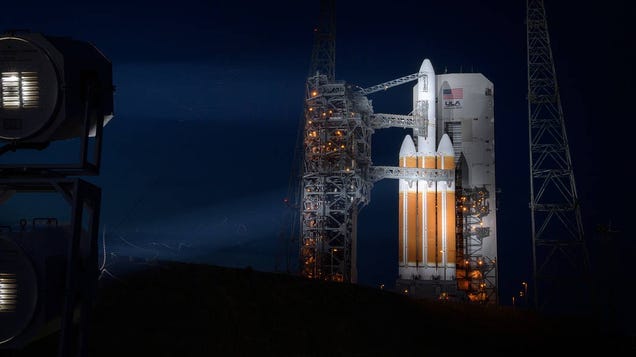
As the band Europe once sang, it’s the final countdown, at least for United Launch Alliance’s Delta IV Heavy, which is set to retire following its final flight on Thursday, March 28.
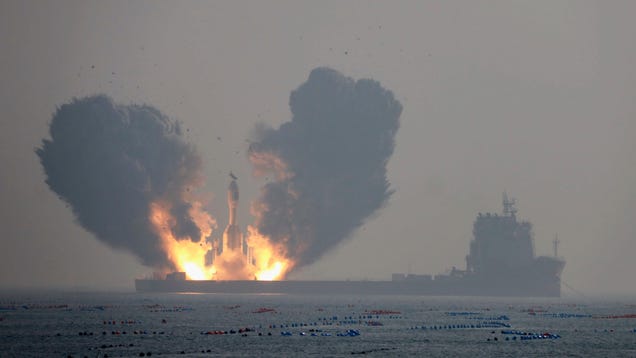
We knew 2024 was going to be a landmark year in spaceflight, and judging by the wide range of developments in just the first month, we’re in for an extraordinary ride throughout the rest of the year.
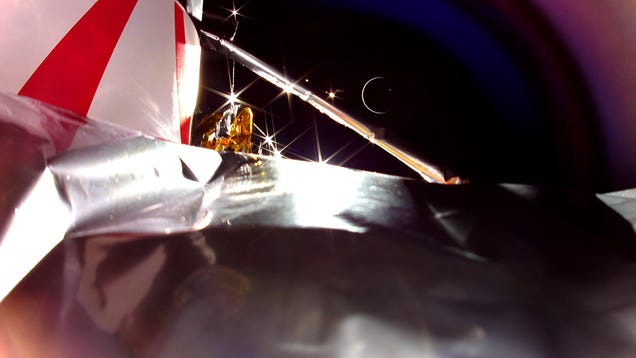
The saga of Peregrine is coming to a tragic end, with the lunar lander scheduled for reentry through Earth’s atmosphere after failing to touch down on the Moon.
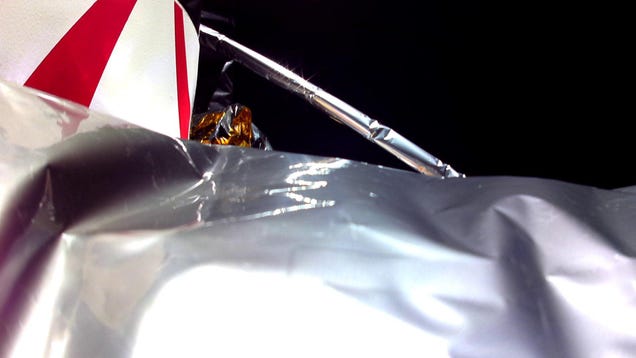
The Peregrine lunar lander is coming back home to die. Astrobotic’s shiny gold spacecraft is on a trajectory towards Earth, where it is expected to burn up in the planet’s atmosphere to conclude its tragic demise.

Tragically, Astrobotic’s lander will not be able to pull off a soft landing on the lunar surface. However, Peregrine continues on its trajectory to the Moon, and as a small consolation, its onboard payloads have successfully powered on.
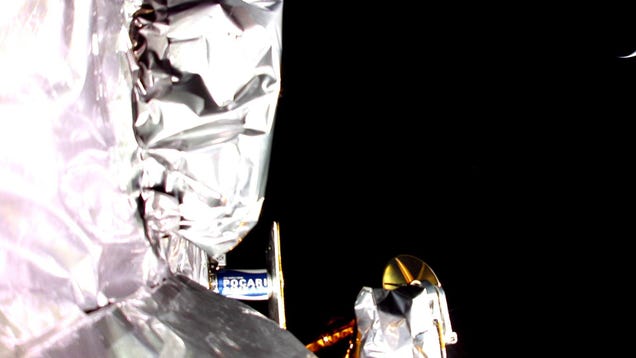
The Peregrine lander has less than a day to live, and the company behind the spacecraft may have figured out why its mission was doomed shortly after its launch.

Astrobotic, the team behind the Peregrine spacecraft, is urgently working to extract any possible value from its failing mission. This comes after a catastrophic propellant leak occurred just after yesterday’s launch, ending the spacecraft’s attempt to land on the Moon.
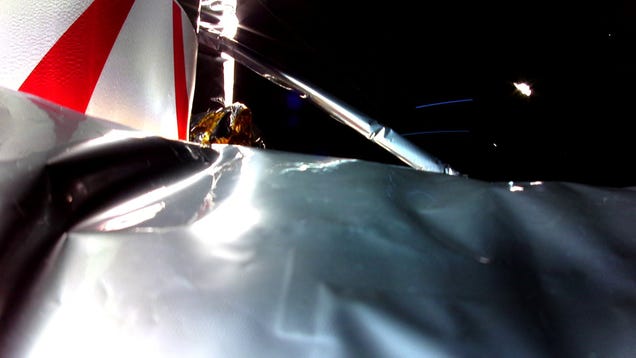
A mission to land a private U.S. lander on the Moon, and the first U.S. lander since the Apollo era, looks to be ending before it even had a chance to get started.